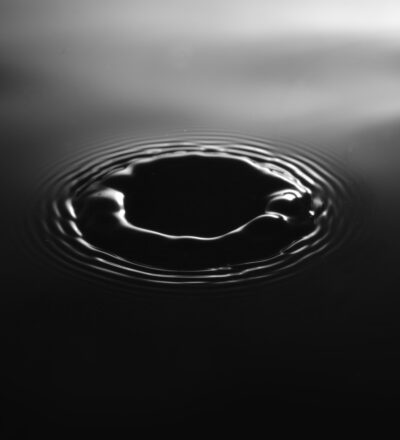Process water streams containing solvents and other organic components need energy-intensive treatments before they can be re-used or discharged. Membrane technology can be a promising, sustainable treatment method for these streams. However, the presence of solvents in the water streams lowers membrane performance hindering their implementation in industry. To overcome this issue, new solvent tolerant polymer-grafted ceramic nanofiltration membranes were synthesised and tested in the STNF project.
The full name is our project is: Solvent Tolerant Nanofiltration and reverse osmosis membranes For the purification of industrial aqueous streams (STNF). The project developed promosing membranes for these challenging industrial water/solvent separations, indicating that the STNF membranes can be a real alternative to classical energy-intensive water treatment technologies. The collaborating parties in this project were: KU Leuven, University of Twente, SolSep, Dow, TNO, Shell, VITO and Huntsman.
A new synthesis method
STNF focused on the creation of a new membrane synthesis method by applying epoxy-curing chemistry to a membrane context. Through this method, membranes could be prepared with properties ranging from ultrafiltration (UF) to nanofiltration (NF) by changing the phase inversion parameters and optimizing the reaction conditions. Membranes with molecular weight cut-off (MWCO) < 400 g/mol-1 were obtained with excellent solvent and pH stability.
A real alternative to classical water treatment
Now, the STNF project has come to an end. The project demonstrated promising separation performance for two challenging industrial water/solvent cases when using commercial and/or experimental NF/RO membranes primarily intended for water filtration, indicating that this technology can be a real alternative to classical water treatment or incineration. Systematic short-term and longer-term module tests on both synthetic and real mixtures under realistic conditions (approximately 100 hours) revealed the potential of specific membranes for two proposed test cases, namely sulphate removal from produced water and mono-ethylene glycol (MEG) removal from wastewater.
Industry impact
End users in this project, such as Shell, are investigating the use of the STNF membranes developed in this project in commercial separation processes to recover clean water from wastewater for reuse in the cooling tower. If successful, up to 10% of existing cooling tower water could be saved. This is a substantial saving not only of fresh water but also of energy needed to dispose of the used water and treat fresh water offsite and transport it to the production plant. The project results have given us a better understanding of the design considerations for a true commercial unit. In doing so, it contributes to the objectives of the project, obtaining clean water streams, and developing alternatives to current energy-intensive treatment methods and new generation separation technology.
SolSEP and Shell continue STNF in BEAP 2.0
The membranes developed in the STNF project are promising but need further development and testing to achieve commercial dimensions. In order to do so, SolSep and Shell will continue the work started in STNF in a follow-up project named BEAP 2.0. In this project SolSep and Shell will perform further testing and optimization of the STNF membranes and research a scale-up strategy.
Acknowledgement
This project is co-funded with subsidy from the Topsector Energy by the Ministry of Economic Affairs and Climate Policy.
